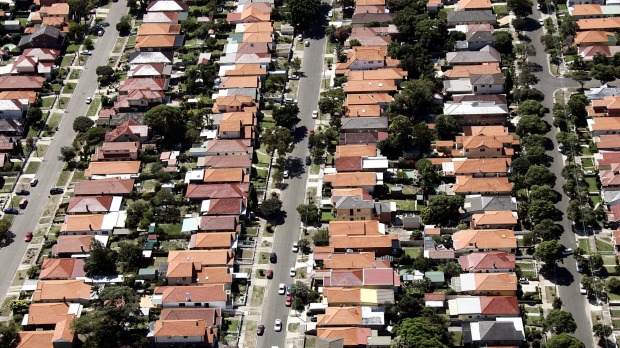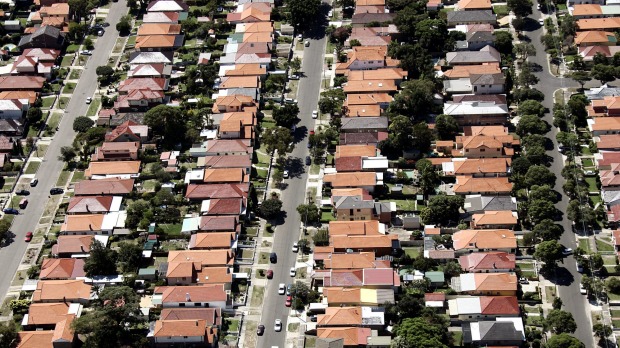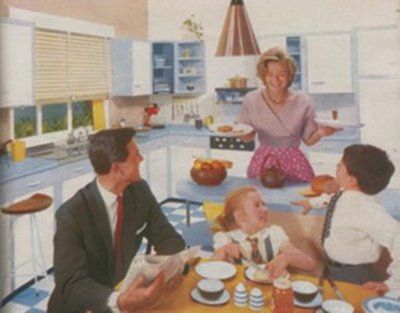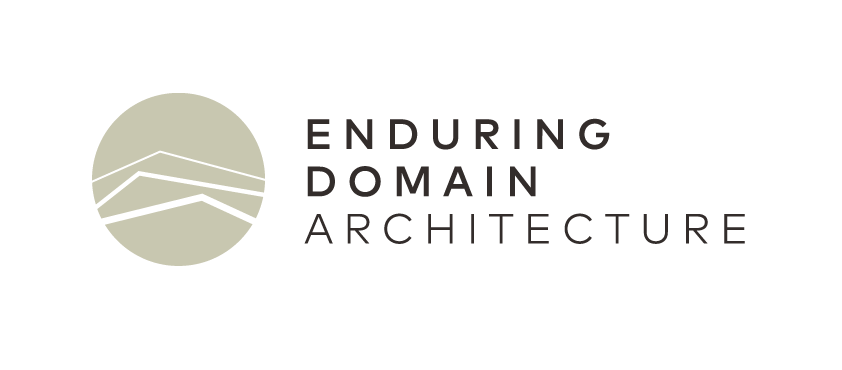
08 May What happened to the Great Australian Dream?
When I was a kid growing up in Ballarat in the 80s and 90s with a single parent I was beginning to become aware of the socio-economic division that existed between my family and other families of my mates from school. When visiting their houses for play dates and sleepovers I was in awe of the large brick veneer dream homes they were living in that had come straight from the pages of the AV Jennings brochures that I had become fascinated with.
Everyone had a bit of land around their house too. When we weren’t inside playing Atari or Commodore 64 we were outside kicking the footy around or having a bat and a bowl.
I distinctly remember at the time if you wanted to live in such a status symbol, to own the pinnacle of modern house design, it was going to cost you far more money than had ever been whispered around my house. And that being around the $110,000 mark. Granted we were out in the provinces and it was going to be cheaper than in the city, but still its fair to say that the cost of buying or building a home has inflated significantly.
Click on image to play
This recent edition of ‘4 Corners’ discusses the impact that negative gearing and other tax breaks have had on the Australian housing market and how many young people will struggle to buy their first home because investors who already have equity in other property are able to outbid those with limited lending ability.
Interesting to see that the brick veneer suburban housing booms of the 70s as shown in the program still look identical to what is being built today! Oh how far we have come.

This is what came up when I Googled ‘Great Australian Dream’. Photo smh.com.au
In my line of work there is a definite common demograph of client who wants to build a custom designed house. That is older couples who have worked their whole life and are now approaching retirement and finally they can afford to build that thermally comfortable and low-energy usage house. They don’t want to continue to pay high heating and cooling bills, they have lived for too long in cold houses where they huddle into one room to keep warm for the winter, the house has been poorly constructed, there is condensation and mould on the inside of the windows, and the plan is inefficient and just doesn’t work for how they live. They deserve to be in a better quality home and now finally have the means to do so. And this will be their last home, no more moving after this one. Just enjoy life and get on with other things without the worry of the house.
So why can’t we all realise this dream from the beginning? Don’t we all deserve to live in a high quality and healthy home, designed and constructed with the full extent of modern knowledge and technology? Don’t we deserve to live in a home like this from the beginning, instead of having to pay life-long dues of renting dodgy share houses, buying a ‘renovators delight’ because that’s all we can afford, maybe buying the suburban house and land package after being seduced by the glamourous marketing campaigns only to find out things start breaking within the first twelve months. What you thought was supposed to be a 6-star energy rated home is still dark and cold like your last house.
As the housing industry continues to attempt to meet the needs of housing demand, I’m going to state completely in my own opinion that for nearly every new house that is built, generations of families who will live there until that house is demolished or becomes unfit for human habitation will have no option but to live in sub-standard, underperforming and misleading accommodation. It has been said before that the quality of typical Australian homes are akin to ‘glorified tents’, yet the median house price in Melbourne is now $700,000! That’s a bloody expensive tent. And for every investor who wants to add another rental property to their portfolio, that’s one more person who has no emotional interest in the quality of life for whoever will live there. The building codes which regulate building practice and energy efficiency are of a low benchmark at best, but this is what is cheapest and easiest to do for the large volume builders. Tradespeople are getting paid to be quick, not to be master craftsmen. If you want to read some actual facts about the energy efficiency standards in Australia you can read this article on The Fifth Estate based on a report by Swinburne University claiming “a pervasive culture of mediocre energy performance across the Australian building industry”.
So, combine all these factors together and we have a proliferation of new homes being built which are largely unaffordable, sub-standard in construction quality, and woefully energy inefficient. That means it will cost more to heat and cool, and you still won’t feel comfortable year round in the house.
So what’s the alternative? Well at the risk of sounding all utopian and anti-capitalist, what if we all cared more about pursuing what used to be known as ‘The Great Australian Dream’. When I was a kid moving from one rental house to another, I understood this to mean owning your own home, living in it, and not having or wanting to move for a long time. You had a backyard, a place to keep your bike, and you loved your home.

Like a scene from ‘Leave it to Beaver’. Or is it ‘Mad Men’?
What if instead of investing in cheap quality housing that will give us bigger capital gains when we sell, we invest in well-designed passive solar buildings, that are well sealed and insulated, not bigger than they need to be, oriented to face the living areas to the north and not just oriented to face the street, and have double glazing and solar panels as standard. Owner occupuying such a building will mean with the savings you are making on operating costs you will be able to pay off your mortgage quicker, and will be less likely to want to move from what is already a very comfortable and well planned home. And if you do want to sell it or rent it out, you have left a legacy to the housing stock that everyone who lives in it after you will be able to enjoy the same benefits.





Barb
Posted at 09:42h, 09 MayVery well said Matt. it’s great that there are people like you who are committed to designing sustainable, attractive homes that will serve generations of families well, and protect the environment too.
Matt Turner
Posted at 22:00h, 09 MayThanks Barb. It was either going to be this, or be a drummer in a rock band.